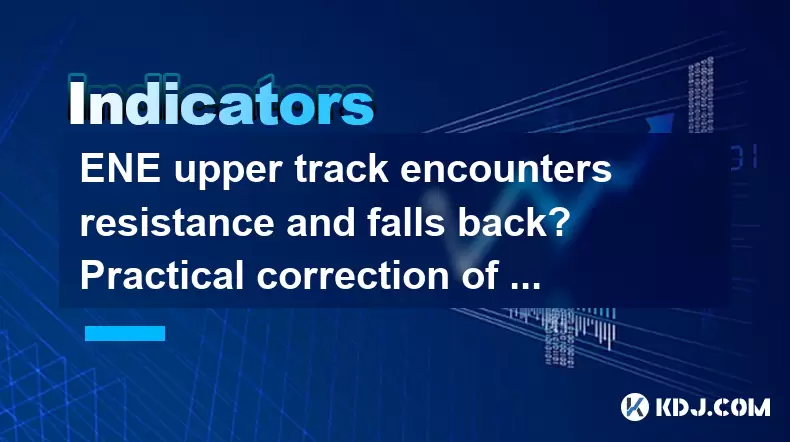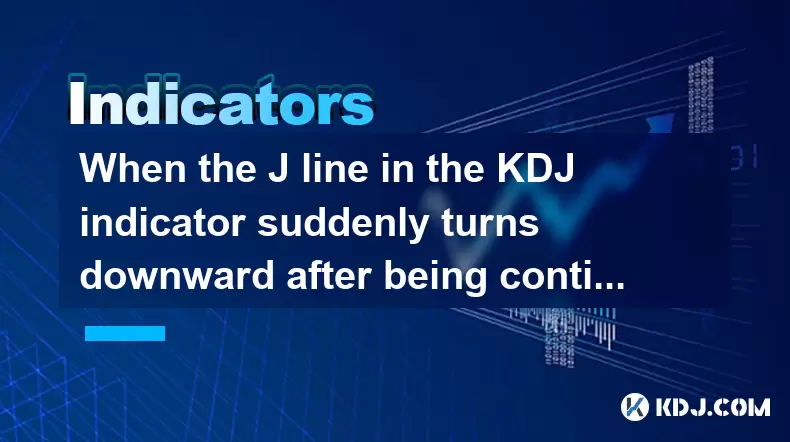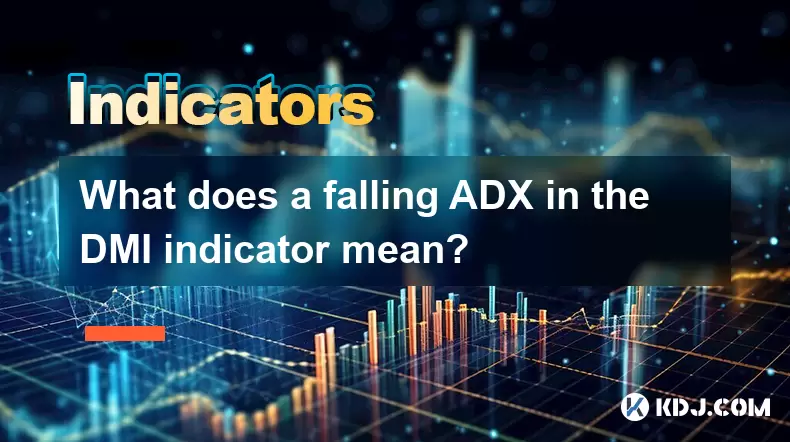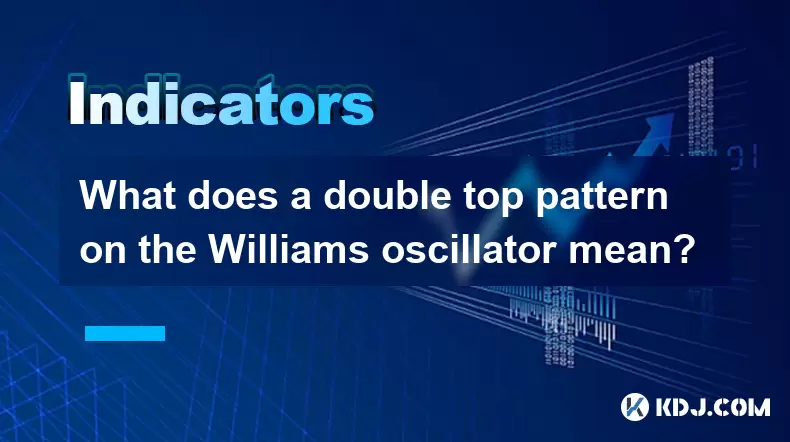-
 Bitcoin
Bitcoin $116700
0.24% -
 Ethereum
Ethereum $3973
4.34% -
 XRP
XRP $3.283
7.68% -
 Tether USDt
Tether USDt $1.000
0.01% -
 BNB
BNB $789.8
2.27% -
 Solana
Solana $176.2
3.31% -
 USDC
USDC $0.9999
0.00% -
 Dogecoin
Dogecoin $0.2238
5.14% -
 TRON
TRON $0.3389
-0.51% -
 Cardano
Cardano $0.7907
4.03% -
 Stellar
Stellar $0.4527
10.02% -
 Hyperliquid
Hyperliquid $41.07
4.27% -
 Sui
Sui $3.794
1.77% -
 Chainlink
Chainlink $19.49
10.40% -
 Bitcoin Cash
Bitcoin Cash $580.9
0.74% -
 Hedera
Hedera $0.2617
4.32% -
 Avalanche
Avalanche $23.41
3.67% -
 Ethena USDe
Ethena USDe $1.001
-0.03% -
 Litecoin
Litecoin $122.4
1.38% -
 Toncoin
Toncoin $3.364
1.49% -
 UNUS SED LEO
UNUS SED LEO $8.988
0.37% -
 Shiba Inu
Shiba Inu $0.00001295
2.82% -
 Uniswap
Uniswap $10.62
5.75% -
 Polkadot
Polkadot $3.922
4.46% -
 Dai
Dai $1.000
0.01% -
 Bitget Token
Bitget Token $4.494
2.15% -
 Monero
Monero $268.0
-1.30% -
 Cronos
Cronos $0.1523
3.68% -
 Pepe
Pepe $0.00001127
4.43% -
 Aave
Aave $285.4
4.85%
ENE upper track encounters resistance and falls back? Practical correction of track line indicator
When the upper track of the ENE indicator encounters resistance and falls back, adjust settings to better reflect market conditions and improve trading decisions.
Jun 01, 2025 at 11:28 am

In the dynamic world of cryptocurrency trading, understanding and effectively using technical indicators is crucial for making informed decisions. One such tool that traders often employ is the ENE (Envelope) Indicator. The ENE indicator helps in identifying potential overbought and oversold conditions in the market. However, when the upper track of the ENE encounters resistance and falls back, it can lead to confusion and the need for a practical correction of the track line indicator. This article will delve into the intricacies of the ENE indicator, explain why the upper track might encounter resistance, and provide a detailed guide on how to correct the track line indicator effectively.
Understanding the ENE Indicator
The ENE Indicator, also known as the Envelope Indicator, is a type of technical analysis tool that consists of three lines: the middle line, the upper track, and the lower track. The middle line is typically a moving average, while the upper and lower tracks are set at a certain percentage above and below the middle line, respectively. The purpose of this indicator is to help traders identify the boundaries within which a cryptocurrency's price is likely to fluctuate.
Why the Upper Track Encounters Resistance
When the upper track of the ENE encounters resistance and falls back, it indicates that the price of the cryptocurrency has reached a level where selling pressure outweighs buying pressure. This can happen for several reasons. Firstly, the upper track may represent a psychological resistance level where traders decide to take profits. Secondly, it could be a result of market sentiment shifting, causing a reversal in the price trend. Lastly, external factors such as news or regulatory changes can also lead to the upper track encountering resistance.
Practical Correction of the Track Line Indicator
Correcting the track line indicator involves adjusting the parameters of the ENE to better reflect current market conditions. Here are the steps to follow for a practical correction of the track line indicator:
- Review the current settings: Start by examining the current settings of your ENE indicator. Note the percentage values used for the upper and lower tracks, as well as the period of the moving average used for the middle line.
- Analyze recent price action: Look at the recent price movements of the cryptocurrency. Identify any patterns or levels where the price consistently encounters resistance or support.
- Adjust the percentage values: Based on your analysis, adjust the percentage values for the upper and lower tracks. If the price frequently breaks above the current upper track, consider increasing the percentage value. Conversely, if the price rarely reaches the upper track, you might want to decrease it.
- Modify the moving average period: The period of the moving average used for the middle line can also be adjusted. A shorter period will make the ENE more responsive to recent price changes, while a longer period will provide a smoother, less reactive line.
- Test the new settings: After making adjustments, test the new settings on historical data to see if they provide a more accurate representation of the market's behavior. You can use a backtesting tool for this purpose.
- Implement and monitor: Once satisfied with the new settings, implement them in your trading platform and monitor the performance of the ENE indicator over time. Be prepared to make further adjustments as market conditions change.
Interpreting the Corrected ENE Indicator
After correcting the track line indicator, it's important to understand how to interpret the results. When the price moves above the upper track, it may indicate an overbought condition, suggesting a potential pullback. Conversely, if the price falls below the lower track, it could signal an oversold condition, indicating a possible rebound. However, these signals should not be used in isolation. Always consider other technical indicators and market factors to confirm your trading decisions.
Common Mistakes to Avoid
When using the ENE indicator, there are several common mistakes that traders should be aware of. One such mistake is over-reliance on the indicator. While the ENE can be a valuable tool, it should be used in conjunction with other indicators and analysis methods. Another mistake is failing to adjust the settings as market conditions change. The cryptocurrency market is highly volatile, and what works today may not work tomorrow. Lastly, ignoring the broader market context can lead to misinterpretation of the ENE signals. Always consider the overall market trend and sentiment when making trading decisions.
Practical Example of ENE Indicator Correction
To illustrate the process of correcting the ENE indicator, let's consider a hypothetical scenario. Suppose you are trading Bitcoin (BTC) and have been using an ENE indicator with the following settings: a 20-day moving average for the middle line, and upper and lower tracks set at 5% above and below the middle line, respectively. However, you notice that the price frequently breaks above the upper track before pulling back, suggesting that the upper track is too low.
- Review the current settings: The current settings are a 20-day moving average, with upper and lower tracks at 5%.
- Analyze recent price action: You observe that Bitcoin's price often breaks above the 5% upper track before reversing.
- Adjust the percentage values: You decide to increase the upper track to 7% to better capture the recent price movements.
- Modify the moving average period: You keep the moving average period at 20 days, as it seems to provide a good balance between responsiveness and smoothness.
- Test the new settings: You backtest the new settings on historical data and find that the 7% upper track better reflects Bitcoin's recent price action.
- Implement and monitor: You implement the new settings and continue to monitor Bitcoin's price movements, ready to make further adjustments if necessary.
Frequently Asked Questions
Q: Can the ENE indicator be used for all cryptocurrencies?
A: Yes, the ENE indicator can be used for all cryptocurrencies. However, the effectiveness of the indicator may vary depending on the specific market dynamics of each cryptocurrency. It's important to adjust the settings of the ENE indicator to suit the volatility and trading patterns of the cryptocurrency you are analyzing.
Q: How often should I adjust the ENE indicator settings?
A: The frequency of adjusting the ENE indicator settings depends on the volatility of the market and the specific cryptocurrency you are trading. In highly volatile markets, you may need to adjust the settings more frequently to keep up with changing price trends. As a general rule, review and adjust the settings at least once a month or whenever you notice a significant change in market behavior.
Q: Is the ENE indicator suitable for short-term trading?
A: Yes, the ENE indicator can be used for short-term trading. By adjusting the moving average period to a shorter timeframe, such as 10 days or less, the ENE indicator can become more responsive to recent price changes, making it suitable for short-term trading strategies. However, always combine the ENE indicator with other short-term indicators and analysis methods for more reliable signals.
Q: Can the ENE indicator predict market reversals?
A: The ENE indicator can provide signals that suggest potential market reversals, such as when the price moves above the upper track or below the lower track. However, these signals should be confirmed with other indicators and market analysis, as the ENE indicator alone cannot predict market reversals with certainty. Always use the ENE indicator as part of a comprehensive trading strategy.
Disclaimer:info@kdj.com
The information provided is not trading advice. kdj.com does not assume any responsibility for any investments made based on the information provided in this article. Cryptocurrencies are highly volatile and it is highly recommended that you invest with caution after thorough research!
If you believe that the content used on this website infringes your copyright, please contact us immediately (info@kdj.com) and we will delete it promptly.
- Coinbase, Cosmos, and dYdX: Navigating the Crypto Currents
- 2025-08-09 06:30:16
- BNB Price, Altcoins, and Predictions: What's the Buzz?
- 2025-08-09 06:30:16
- Crypto Presale Projects Primed for Gains in 2025: A New Yorker's Take
- 2025-08-09 06:50:15
- Ruvi AI: The Millionaire Maker Poised for a Price Spike?
- 2025-08-09 06:50:15
- MAGACOIN FINANCE: August 2025's Standout Presale - Is it the Next Big Thing in Crypto Finance?
- 2025-08-09 06:55:27
- Token Buybacks, Onchain Data, and Developers: What's Buzzing in Crypto
- 2025-08-09 05:10:15
Related knowledge

When the J line in the KDJ indicator suddenly turns downward after being continuously overbought, does it indicate a top?
Aug 09,2025 at 06:35am
Understanding the KDJ Indicator and Its ComponentsThe KDJ indicator is a momentum oscillator widely used in cryptocurrency technical analysis to ident...

What does it mean when the TRIX indicator suddenly diverges downward after a long period of convergence?
Aug 09,2025 at 12:56am
Understanding the TRIX Indicator in Cryptocurrency TradingThe TRIX indicator, or Triple Exponential Average, is a momentum oscillator used in technica...

Why is the rise limited after a MACD bottoming divergence?
Aug 09,2025 at 12:07am
Understanding MACD Bottoming Divergence in Cryptocurrency TradingThe MACD (Moving Average Convergence Divergence) is a widely used technical indicator...

What does it mean when the OBV continues to rise but the price is trading sideways?
Aug 08,2025 at 10:35pm
Understanding On-Balance Volume (OBV)On-Balance Volume (OBV) is a technical indicator that uses volume flow to predict changes in stock or cryptocurre...

What does a falling ADX in the DMI indicator mean?
Aug 09,2025 at 03:16am
Understanding the ADX and DMI Indicator FrameworkThe DMI (Directional Movement Index) is a technical analysis tool developed by J. Welles Wilder to id...

What does a double top pattern on the Williams oscillator mean?
Aug 09,2025 at 02:36am
Understanding the Williams %R OscillatorThe Williams %R oscillator is a momentum indicator developed by Larry Williams to identify overbought and over...

When the J line in the KDJ indicator suddenly turns downward after being continuously overbought, does it indicate a top?
Aug 09,2025 at 06:35am
Understanding the KDJ Indicator and Its ComponentsThe KDJ indicator is a momentum oscillator widely used in cryptocurrency technical analysis to ident...

What does it mean when the TRIX indicator suddenly diverges downward after a long period of convergence?
Aug 09,2025 at 12:56am
Understanding the TRIX Indicator in Cryptocurrency TradingThe TRIX indicator, or Triple Exponential Average, is a momentum oscillator used in technica...

Why is the rise limited after a MACD bottoming divergence?
Aug 09,2025 at 12:07am
Understanding MACD Bottoming Divergence in Cryptocurrency TradingThe MACD (Moving Average Convergence Divergence) is a widely used technical indicator...

What does it mean when the OBV continues to rise but the price is trading sideways?
Aug 08,2025 at 10:35pm
Understanding On-Balance Volume (OBV)On-Balance Volume (OBV) is a technical indicator that uses volume flow to predict changes in stock or cryptocurre...

What does a falling ADX in the DMI indicator mean?
Aug 09,2025 at 03:16am
Understanding the ADX and DMI Indicator FrameworkThe DMI (Directional Movement Index) is a technical analysis tool developed by J. Welles Wilder to id...

What does a double top pattern on the Williams oscillator mean?
Aug 09,2025 at 02:36am
Understanding the Williams %R OscillatorThe Williams %R oscillator is a momentum indicator developed by Larry Williams to identify overbought and over...
See all articles

























































































